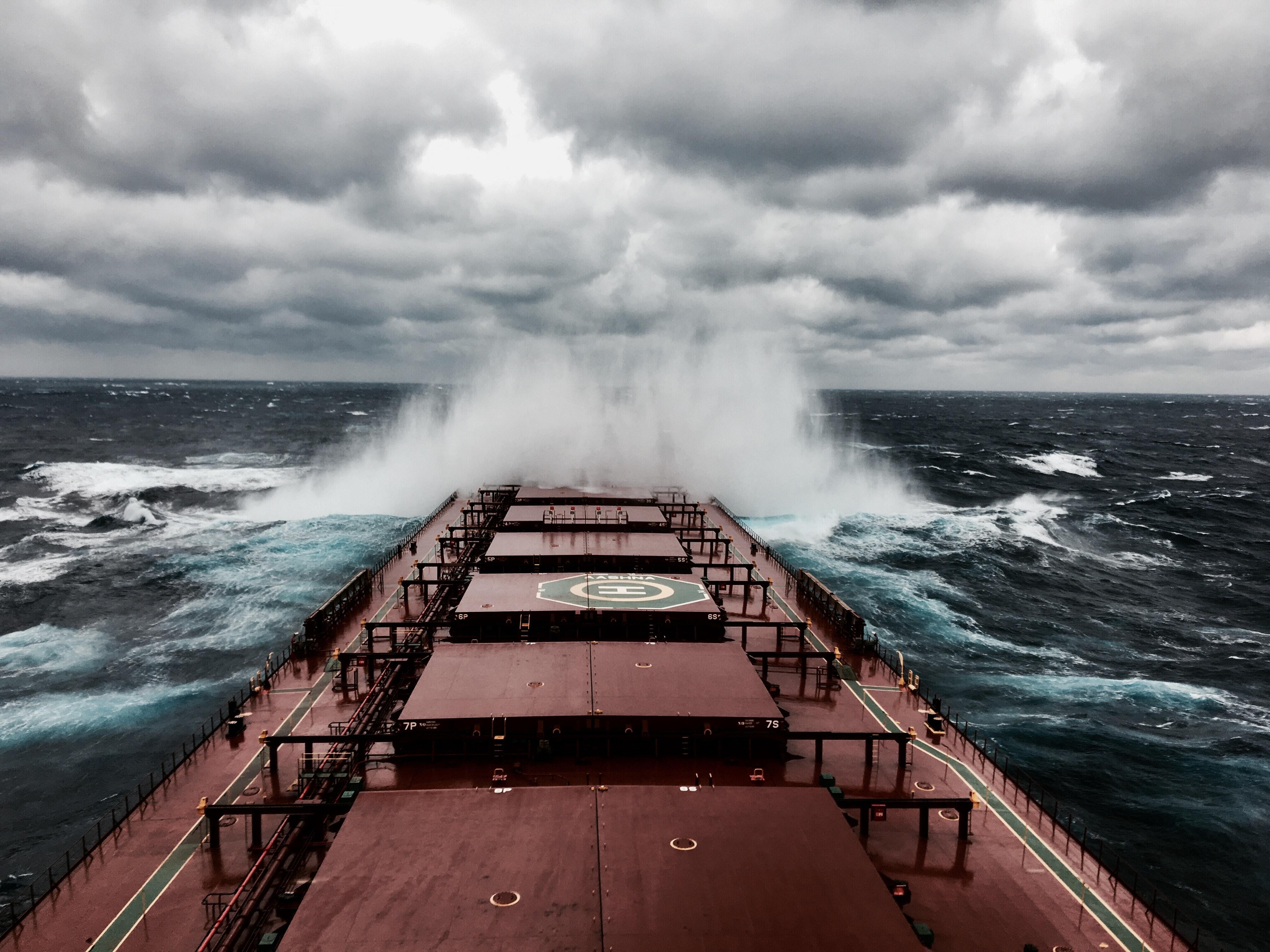

To reap the benefits from routing, three aspects should be taken into account: the routing algorithm, the weather forecast and the ship performance models. Much research has been devoted to the first two topics, but few dive deep into the impact of the accuracy of the models predicting the power of a vessel. In her master’s dissertation, Julie Vanackere partnered up with Toqua to explore the effect improved ship performance models such as Ship Kernels can have on the fuel savings realized through route optimization.
The essence
It was found that Ship Kernels could almost double the realized fuel savings compared to using traditional models. By traditional models we mean sea trial curves + weather corrections, as is often used in the industry today. The table below indicates the increase in fuel savings as a consequence of what ship performance model was used at the heart of an identical routing algorithm.

Nuance
Even though the above results are very promising, they require some nuance. Calculating something as complex as the increase in savings potential of a routing algorithm is based on certain assumptions. At Toqua we believe it’s important to be transparent in how we arrived at these numbers and the possible limitations of our methodology. Below we list the most important assumptions and limitations of the approach, grouped by how they are expected to affect the outcome.
Assumptions limiting the optimization potential:
- Currents, salinity, water temperature, trim, etc. are kept constant for the simplicity of this exercise.
More varying factors would lead to more optimization potential. - Relatively simple routing optimization algorithms are used (A-star and Simulated Annealing).
- A very short and simple route is considered (Edinburgh, Scotland to Bergen, Norway).
The longer and more complex the route, the higher the savings potential of routing. - The geographical grid sizes used are relatively large, restricting the optimization potential by only allowing for ‘jagged’ routes instead of smoothly curved lines.
- The speed of the vessel is kept constant across the route. This optimization doesn’t allow for varying speeds across the route to increase optimization potential. Making this a study into route optimization, instead of the more complex voyage optimization that allows for varying speeds.
Assumptions inflating the optimization potential:
- It’s assumed perfect weather predictions are available, which is never the case in reality.
- To calculate the ‘ground truth’ a certain route would consume, we use the most accurate ship performance model. This is the physics-informed ML (PI-ML) and could benefit the optimization built using the PI-ML model.
- The travel time is not kept constant over different routes. Routes with slightly higher travel time have an unfair advantage, although this time extension is limited to 1%-2%.
In general, we believe the methodology in this research leads to an overall deflation and thus underestimation of the savings potential. Although it is hard to know how these effects balance out exactly. For the full details on the results and the methodology, we recommend consulting the full 150-page study available publicly online.
For a more advanced methodology on how to calculate the savings of routing or voyage optimization, we refer to Toqua’s ‘methodology to quantify fuel savings due to voyage optimization’. This methodology solves some of the caveats above (such as allowing for variable speeds, ensuring the same travel time, etc.) that result in a more representative and objective apples-to-apples comparison. Nonetheless, no methodology is perfect and we welcome any suggestions that could lead to an even more objective approach.
Increased Safety
Next to a near doubling in fuel savings due to routing, the research also found that routes built on Ship Kernels were better at avoiding heavy weather overall. So the routes are not only more optimal from a fuel-efficiency point of view, but also safer. The density plots in graph below showcase how more advanced models (such as physics-informed ML) tend to do a better job at avoiding higher wave heights.
Conclusion
Even though some nuances and limitations have to be taken into account, these results are very promising. They are effective at showing the potential increase in fuel savings better ship performance models such as Ship Kernels can have on existing routing solutions. Next to a near doubling in fuel savings, it’s observed that routes derived from better models don’t only increase fuel-efficiency, but also increase safety.